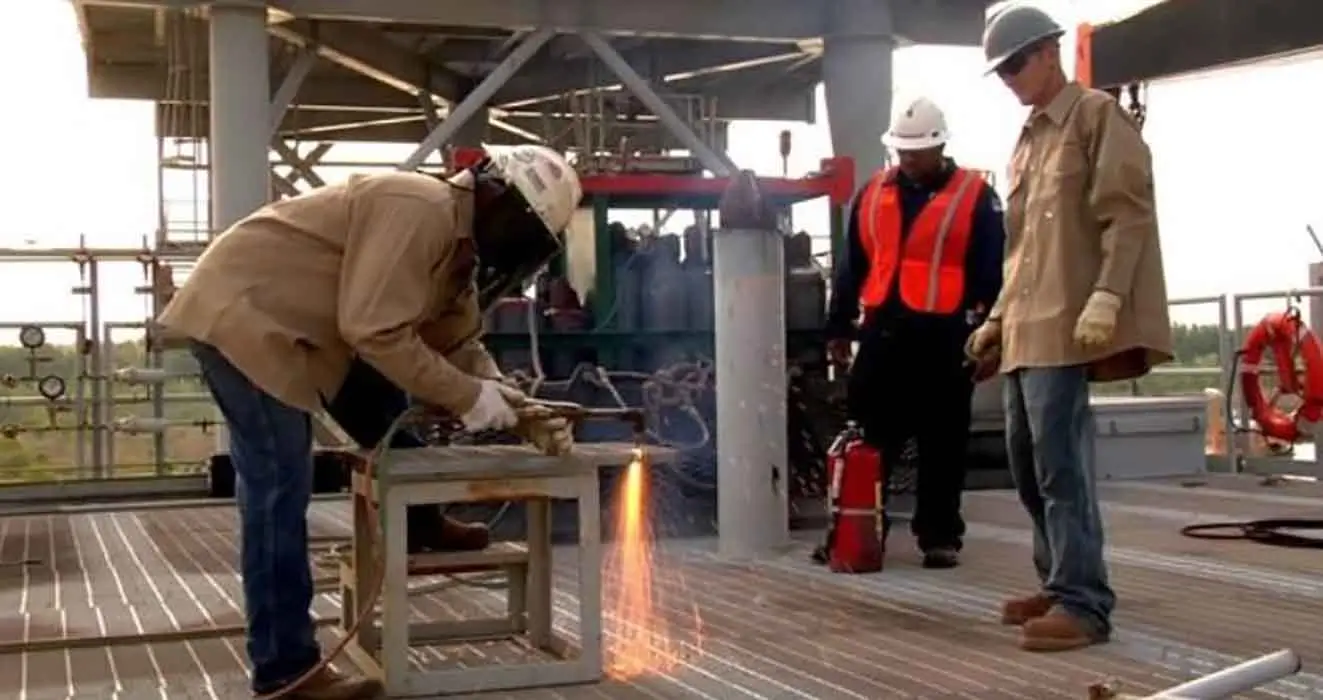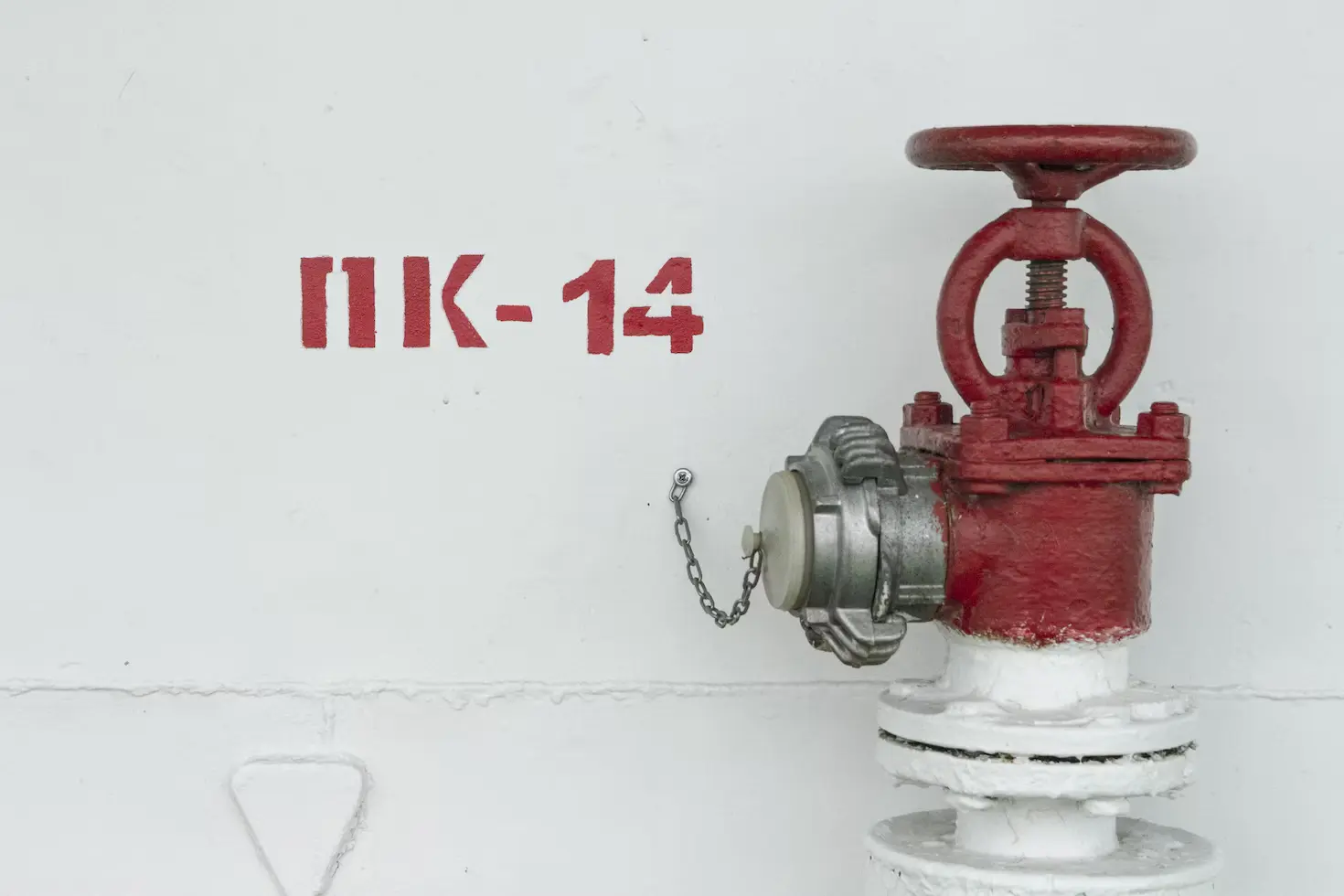How Many Fire Departments are there in the United States?
In the United States, there are approximately 29,452 fire departments—a figure drawn from the most recent National Fire Protection Association survey covering U.S. Fire Experience. When flames threaten homes or disasters strike unexpectedly, one question rises above all: How many fire departments are there in the United States? That’s exactly what this article answers—and it … Read more









